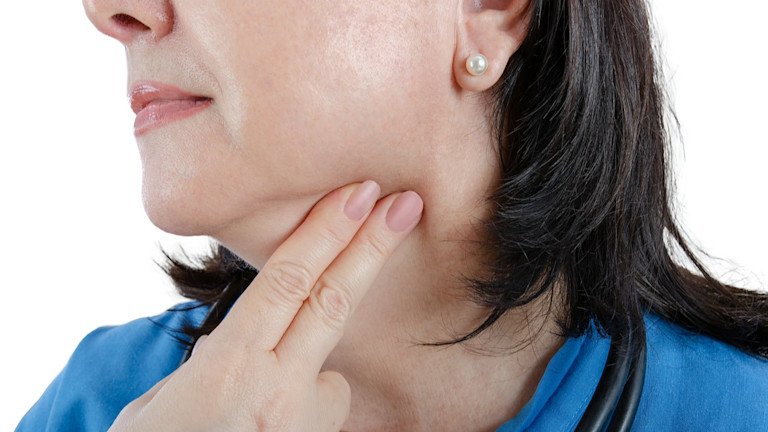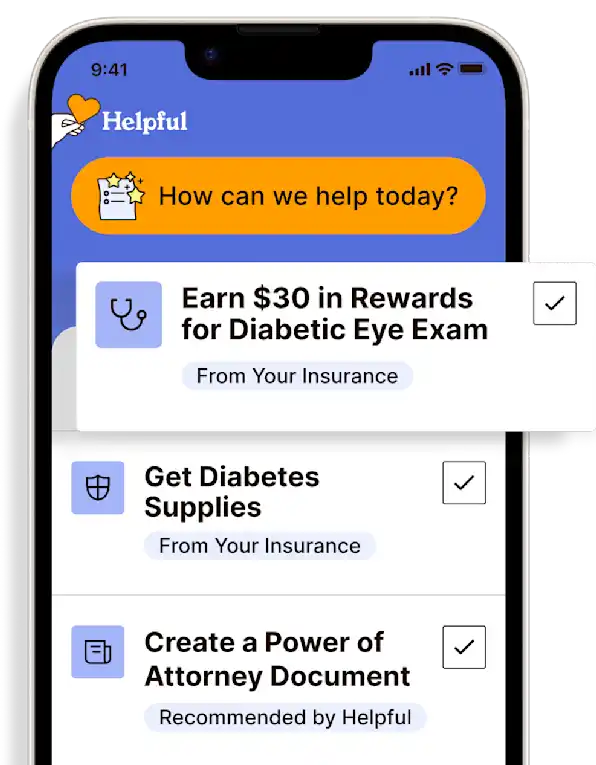Heart Attack Signs and Symptoms
There are typical (common) and atypical (unusual) signs and symptoms of heart attack, as well as acute (immediate) and chronic (long-term).
Get insurance benefits, legal documents, and medical records in one place

Helpful Highlights
Typical signs and symptoms of a heart attack are those that are common and with which most adults are familiar.
Atypical signs and symptoms of a heart attack are those that are unusual and may get dismissed as something else. They occur frequently in women, persons with diabetes, and the old-old.
Never ignore signs and symptoms, and if you suspect a heart attack, always call 9-1-1 for emergency services transport to the hospital.
In an emergency
If your loved one experiences symptoms of a heart attack, call 9-1-1 for emergency services (EMS) transport to the hospital. Do not wait and do not drive them to the hospital yourself. An ambulance ride could be the difference between life and death.
Steps you can take before EMS arrival
Call 9-1-1 for EMS help and ambulance transport to the hospital.
Only if 9-1-1/EMS is not available in your area, then drive your loved one to the hospital right away.
Please do not speed or ignore lights and signs. This will not help your situation, as it only puts you and others at risk, including your loved one. Choose the quickest route to the hospital and take it, obeying all traffic rules.
If you are speeding or running lights and stop signs and see law enforcement lights in your rearview - PULL OVER. Immediately explain to the officer that you believe your loved one to be having a heart attack and listen for instructions from the officer.
If your loved one is already prescribed nitroglycerin, you may give them nitroglycerin as prescribed while awaiting emergency services.
Nitroglycerin is administered specifically and sparingly! Pay close attention to dosing and instructions.
Never get nitroglycerin from someone else and administer it to your loved one.
What to do in the event of a heart attack
If your loved one is unconscious and you think they may be having a heart attack, first call 9-1-1 or your local emergency number and put them on speaker so you can talk and work. Then check if your loved one is breathing and has a pulse, as the emergency operator will ask. If the person isn't breathing or you don't find a pulse, only then should you begin CPR.

If you're untrained in CPR, only do hands-on CPR (compressions but no rescue breathing). That means pushing hard and fast on the chest at a rate of at least 100 compressions per minute. The emergency operator may help guide you on hand placement and rate.
If you're trained in CPR, follow the guidelines as you were instructed.
Acute vs. chronic signs and symptoms
A heart attack occurs when one or more arteries that send blood and oxygen to the heart are blocked. Fatty, cholesterol-containing deposits build up over time, forming plaques in these coronary arteries. If a plaque ruptures, a blood clot can form and block arteries, causing a heart attack.
Symptoms may appear hours (acute), days (chronic), or even weeks (chronic) before a heart attack, though sometimes the symptoms only occur immediately with it (acute). This list represents both. About two-thirds of people experience one or more of the following:
Unstable angina (chest pain that does not follow a pattern, happens while at rest, and does not respond to medications)
Radiating chest pain (usually to the left neck and jaw, and/or left arm)
Heaviness, pressure, or squeezing in the chest
Sudden dizziness, lightheadedness, or anxiousness
Heart palpitations
Cold sweats, and possibly skin color changes
Shortness of breath
Significant fatigue
Trouble sleeping or getting comfortable
Possibly nausea and vomiting
Possibly feelings of unease or impending doom
Another one-third of people, predominantly women, persons with diabetes, and the old-old, experience unusual symptoms:
Back pain
Stomach pain
Right-sided pain (like the right shoulder)
Feeling like something is stuck in their throat
Nausea and vomiting
Sudden anxiety or onset of feelings of unease or impending doom
As you can see, symptoms of a heart attack vary. Some people have mild symptoms. Others have severe symptoms. Some people have no symptoms.
It’s important to note that not all people who have heart attacks experience the same symptoms or the same severity of symptoms.
Chest pain is the most commonly reported symptom among both women and men, however.
RESOURCES
American Heart Association (AHA) – Heart Attack
American College of Cardiology – Chest Pain Practice Guidelines
CDC – Heart Attack Symptoms, Risk, & Recovery
Cleveland Clinic – Heart Attack (Myocardial Infarction)
No content in this app, regardless of date, should ever be used as a substitute for direct medical advice from your doctor or other qualified clinician.
Get more support and guidance on insurance benefits, medical records and legal forms.
Helpful brings together your insurance benefits, legal documents, and medical records in one personalized place — so you always know what you have, and never have to search again.

Technology for Health Tasks. Mental Health for the Tough Stuff.
Helpful connects your medical records, insurance, and caregiving tasks automatically. And when you need more than logistics, a therapist is here to guide you.
In-Network and Covered
For Individuals, Couples and Families
HIPAA Compliant, Data Stays Private


Healthcare Tasks Simplified

From syncing records to spotting drug interactions, Helpful does the heavy lifting, turning complex health info into clear tasks and showing you benefits you can actually use, giving you clarity and control over your care.

In-Network Mental Health

Our licensed therapists are here to support you and your loved ones through stress, burnout, and life’s hardest moments, with an inclusive, compassionate approach that works with most insurance plans.

Create Legal Documents

Plan ahead by creating will, trusts, advance directives and more, that ensure your wishes are honored in the event you can’t speak for yourself -with Helpful guiding you every step of the way.